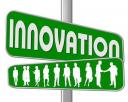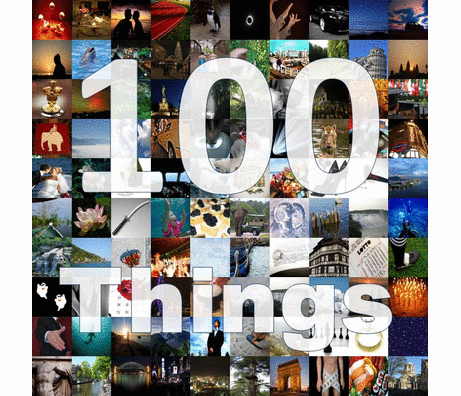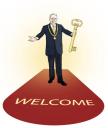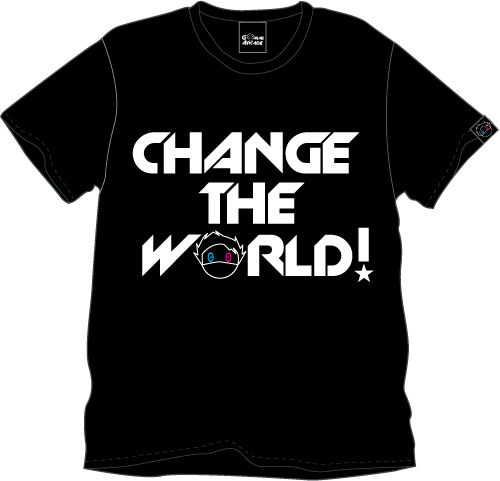McKinsey just released 2010 results of their global survey on innovation and commercialization. It is all good news for the cognitive designer.
 First, 84% of the executives asked indicated that innovation was extremely or very important for their firm. This should create strong demand for designers able to create new products, services and experiences that meet the cognitive needs of customers in simplified or unique ways.
First, 84% of the executives asked indicated that innovation was extremely or very important for their firm. This should create strong demand for designers able to create new products, services and experiences that meet the cognitive needs of customers in simplified or unique ways.
Second, as firms turn towards innovation-based growth strategies they are facing the same organizational barriers that they have tried to overcome many times before. According to the survey:
 Further, many of the challenges—finding the right talent, encouraging collaboration and risk taking, organizing the innovation process from beginning to end—are remarkably consistent. Indeed, surveys over the past few years suggest that the core barriers to successful innovation haven’t changed, and companies have made little progress in surmounting them.
Further, many of the challenges—finding the right talent, encouraging collaboration and risk taking, organizing the innovation process from beginning to end—are remarkably consistent. Indeed, surveys over the past few years suggest that the core barriers to successful innovation haven’t changed, and companies have made little progress in surmounting them.
While the suggested improvements in the article are strong – formalize the prioritization process and link innovation to strategic planning – they miss the mark. Past efforts to enable organizational innovation have failed because we have neglected the cognitive factors. From a cognitive design standpoint the key questions are:
How do the minds of organizational innovators really work? What psychological needs, work practices, cognitive biases and mental models make them tick?
We need to answer these questions for all the key stakeholder groups – executives overseeing innovation, employee innovators, customer co-innovators and supplier collaborators.

Image source: Innovation Playground
Not having these answers will result in poorly designed innovation programs and processes. Take for example this survey finding:
As in the past, executives have the most difficulty stopping ideas at the right time, with only 26 percent of respondents to this survey saying they do this well.
I can try to stop ideas at the right time by designing a formal approach to prioritization but that will have little impact if I don’t understand the cognitive biases at work in setting and following priorities especially when “pet ideas” are involved.
Innovation at both the individual and organizational level is an inherently cognitive-political process. No matter what programs and processes we design to stimulate it, the cognitive (intellectual, emotional, volitional and motivational) needs and political realities of the key stakeholder groups must be well understood and satisfied. This puts the cognitive designer center stage.

 The PsyBlog has an interesting post offering 10 psychological insights into the use of Twitter. Some may be relevant for cognitive designers working on twitter applications. Here are a few examples:
The PsyBlog has an interesting post offering 10 psychological insights into the use of Twitter. Some may be relevant for cognitive designers working on twitter applications. Here are a few examples:









